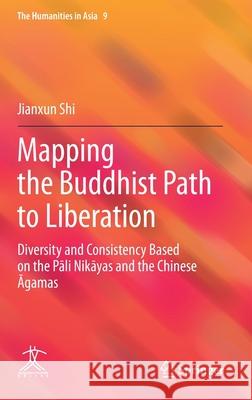Mapping the Buddhist Path to Liberation: Diversity and Consistency Based on the Pāli Nikāyas and the Chinese Āgamas » książka
topmenu
Mapping the Buddhist Path to Liberation: Diversity and Consistency Based on the Pāli Nikāyas and the Chinese Āgamas
ISBN-13: 9789811611513 / Angielski / Twarda / 2021 / 198 str.
Mapping the Buddhist Path to Liberation: Diversity and Consistency Based on the Pāli Nikāyas and the Chinese Āgamas
ISBN-13: 9789811611513 / Angielski / Twarda / 2021 / 198 str.
cena 484,18
(netto: 461,12 VAT: 5%)
Najniższa cena z 30 dni: 462,63
(netto: 461,12 VAT: 5%)
Najniższa cena z 30 dni: 462,63
Termin realizacji zamówienia:
ok. 22 dni roboczych.
ok. 22 dni roboczych.
Darmowa dostawa!
Kategorie:
Kategorie BISAC:
Wydawca:
Springer
Seria wydawnicza:
Język:
Angielski
ISBN-13:
9789811611513
Rok wydania:
2021
Wydanie:
2021
Numer serii:
000775144
Ilość stron:
198
Waga:
0.48 kg
Wymiary:
23.39 x 15.6 x 1.42
Oprawa:
Twarda
Wolumenów:
01
Dodatkowe informacje:
Bibliografia
Wydanie ilustrowane
Wydanie ilustrowane











